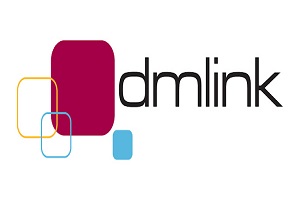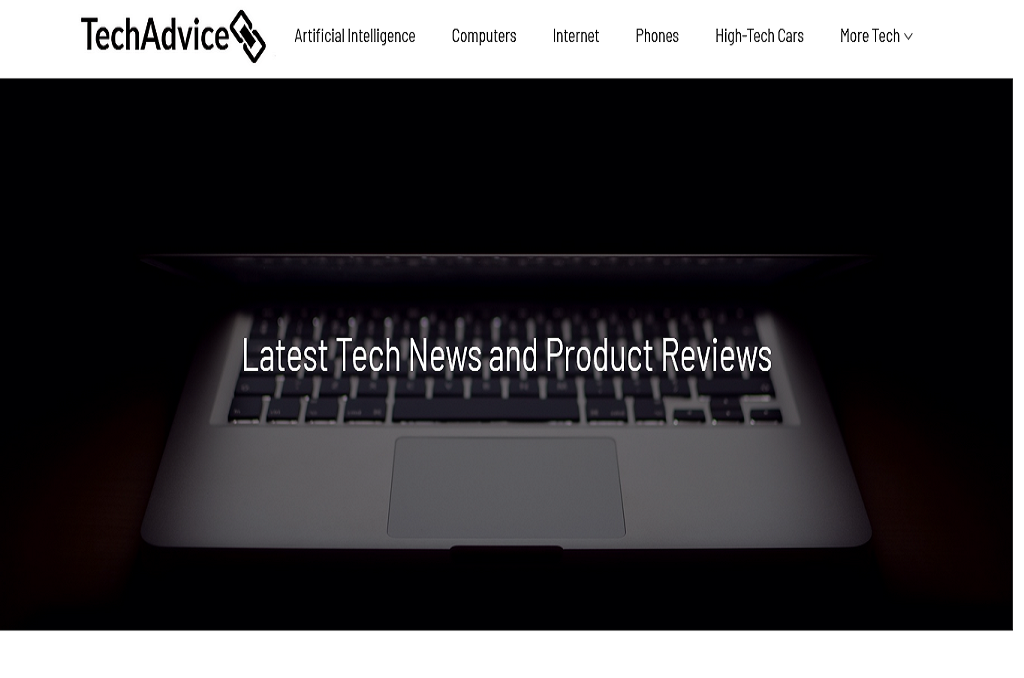In the digital era, email marketing remains one of the most powerful tools for small businesses to connect with their audience, build relationships, and drive sales. Despite the rise of social media and other marketing channels, email continues to deliver an impressive return on investment (ROI), making it essential for any small business marketing strategy. If you’re a small business owner looking to leverage email marketing, this guide will walk you through the key steps to creating a successful email marketing campaign.
1. Why Email Marketing Matters for Small Businesses
Email marketing is a cost-effective way to directly communicate with your customers. Unlike social media, where algorithms control who sees your content, emails land directly in your subscribers’ inboxes, giving you more control over your message. Additionally, email marketing allows you to personalize your communication, segment your audience, and track results easily.
According to research, email marketing has an ROI of $42 for every $1 spent, making it one of the most effective marketing channels. For small businesses working with limited budgets, this high ROI can provide significant value.
2. Build Your Email List
The foundation of any successful email marketing campaign is a well-built email list. Start by collecting email addresses from customers who are genuinely interested in your products or services. Avoid buying email lists, as these often include unengaged users and can harm your reputation by triggering spam filters.
To build your list, offer potential subscribers something of value, such as a discount, free e-book, or access to exclusive content. You can encourage sign-ups through your website, social media platforms, and in-store promotions. Make sure to include a clear call-to-action (CTA) and easy-to-find sign-up forms to maximize your list-building efforts.
3. Segment Your Audience
One of the key advantages of email marketing is the ability to segment your audience. Segmentation involves dividing your email list into smaller groups based on specific criteria, such as purchase behavior, demographics, or engagement levels. By segmenting your list, you can send more personalized and relevant messages to each group.
For instance, a small retail business might create different email segments for first-time customers, frequent buyers, and inactive subscribers. Each group can then receive tailored messages that speak directly to their needs or behavior, increasing the chances of engagement and conversions.
4. Craft Engaging Email Content
Once you’ve built your email list and segmented your audience, the next step is to create engaging email content. Your emails should deliver value to your subscribers, whether it’s through promotions, helpful tips, or exclusive news. Aim for a balance between promotional content and informative content to keep your audience interested.
The subject line is crucial for encouraging recipients to open your emails. Keep it short, clear, and attention-grabbing. Inside the email, use a mix of text, images, and a strong CTA to guide readers toward the desired action, whether it’s making a purchase, signing up for an event, or visiting your website.
5. Automate Your Campaigns
Email marketing automation allows small businesses to streamline their efforts and ensure timely, relevant communication. With automation, you can set up triggered emails based on customer actions, such as welcome emails for new subscribers, abandoned cart reminders, or birthday offers.
By automating parts of your email marketing, you can maintain consistent communication with your audience without needing to manually send emails every time. Most email marketing platforms, such as Mailchimp or Aweber, offer easy-to-use automation features that can save you time while boosting your campaign’s effectiveness.
6. Analyze and Optimize Your Campaigns
Tracking and analyzing the performance of your email campaigns is crucial for continuous improvement. Most email marketing platforms provide detailed analytics, such as open rates, click-through rates, and conversion rates. Pay close attention to these metrics to determine what’s working and what isn’t.
If you notice that certain subject lines or email content perform better than others, adjust your strategy accordingly. Test different elements such as CTA placement, visuals, and sending times to optimize your campaigns for maximum impact.
Conclusion
Email marketing is a powerful tool for small businesses to build lasting relationships with their customers and drive sales. By focusing on building a strong email list, segmenting your audience, crafting engaging content, and automating your campaigns, you can create a successful email marketing strategy that delivers results. With careful analysis and optimization, your small business can leverage email marketing to grow and thrive in today’s competitive market.














